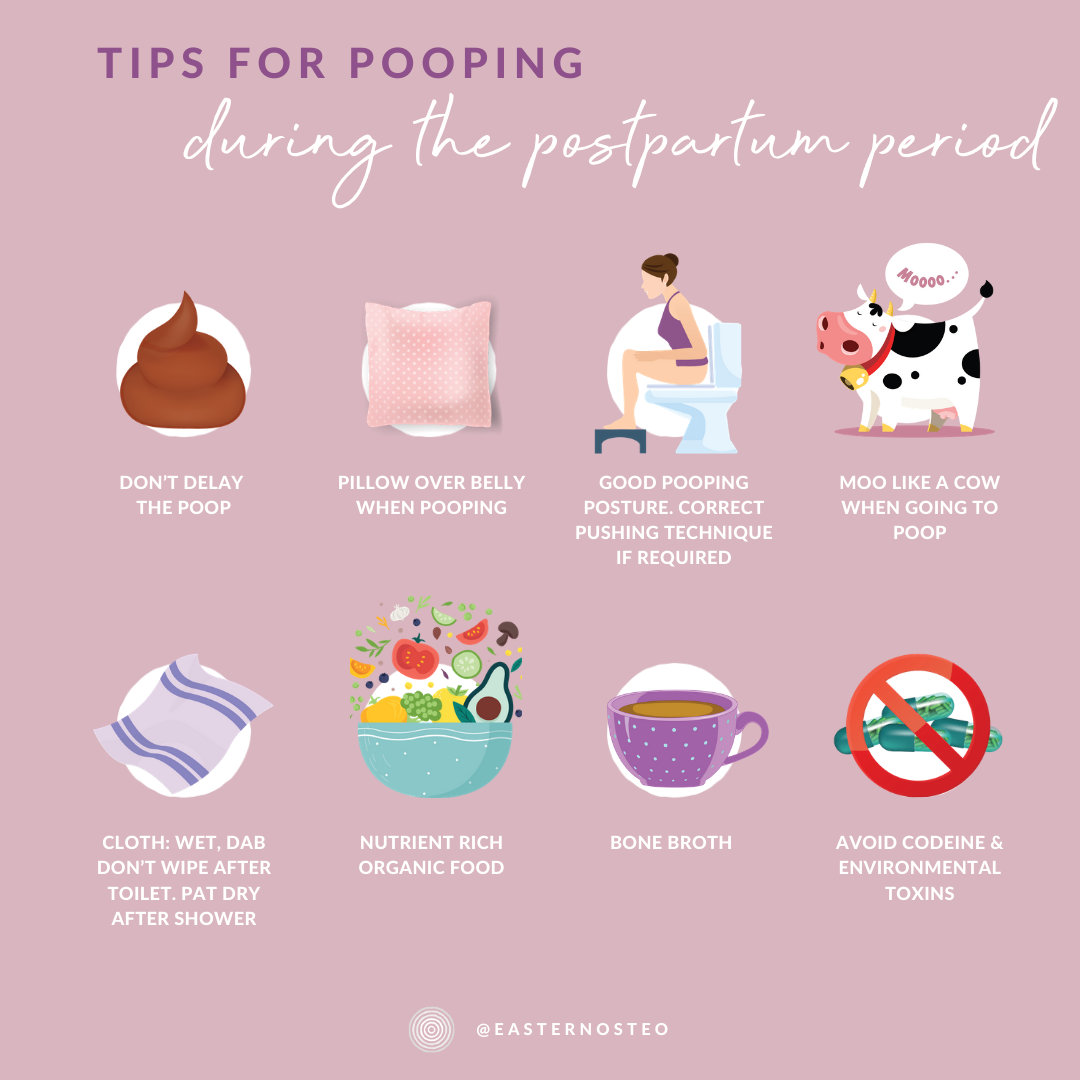Before I explain what Vulvodynia is, let's have a little anatomy lesson. Let's talk about the vulva. The vulva is the external genitalia for someone who has a vagina, this is so important as many call both the inner and outer workings a vagina. Even my two year old calls her vulva, a vulva and I truly believe the sooner we are all comfortable using correct terminology without shame and embarrassment the better.
The vulva protects the vagina and urethra and is responsible for much of the sexual response for women. The vulva includes the labia (outer and inner), clitoris (please tell me you know about this???) the mons pubis and vestibule and anything in between. Check out the picture for a close up look.
Back to Vulvodynia, vulvo means vulva and dynia means pain. So Vulvodynia means pain in the vulva, but can also include any burning, stinging, itching or irritation to the vulva. Vulvodynia is not linked to a known cause and is considered a chronic pain condition that has been present for longer than three months.
Ouchy.. No thanks.
Then comes sub categories.. Clitorodynia - meaning pain in the clitoris and Vestibulodynia, pain in the vestibule region of the vulva.
Regardless of where the pain is and what type of pain is experienced, those with Vulvodynia are all in chronic pain, and many suffer with anxiety. Wearing underwear and tight pants can be uncomfortable and vaginal penetration is usually painful, there can be vaginal pressure and burning and many have urinary symptoms of,
Urgency
Increased frequency
Incomplete emptying
Burning sensation with urination
Light bladder leakage
What causes Vulvodynia?
Part of the classification of Vulvodynia is that the cause is unknown. So what do we know? We know that Vulvodynia is usually associated with potential factors. These include;
Hormonal, the vestibule is very sensitive to estrogen and androgens, where imbalances can result in irritation.
Musculoskeletal components - 90% of those with vulvodynia also have overactive pelvic floor muscles, and then there are other myofascial and biomechanical factors that can influence pain in the vulva.
Inflammatory conditions such as Lichen sclerosus and Lichen planus
Infections - recurring conditions such as bacterial vaginosis and thrush.
Nerve related, in pain. For some this is due to neuroproliferation - too many nerve endings in the area, for others there is irritation to the nerves supplying the vulva e.g. pudendal nerve.
Iatrogenic, meaning it is related to a medical procedure, postoperative pain, cancer treatment, hormone therapy, trauma and lacerations associated with childbirth or genital mutilation.
How do we treat vulvodynia?
Firstly, any infections or inflammatory conditions need to be identified and managed.
Kathryn Johns is extensively trained in the area of vulvodynia, where she uses a combination of techniques including internal pelvic floor myofascial release (with consent), this can help to decompress the main nerve (pudendal) that supplies and refers pain to the vulva and help relieve tension in the overactive pelvic floor muscles. Externally, there is body work to the fascia leading to the vulva and the muscle, nerves and joints that influence this area.
Kathryn works closely with the other osteopaths in the clinic with our Vulvodynia patients. Kathryn concentrates on the pelvic health components, and our other experienced osteopaths work on the external components contributing to this condition.
As vulvodynia is a chronic pain condition and with this comes a nervous system that is over-stimulated, part of the treatment is focused on helping to calm the nervous system down using gentle osteopathic techniques.
We also give advice on lifestyle, breathing patterns, prescribe movement practices and mindfulness.












